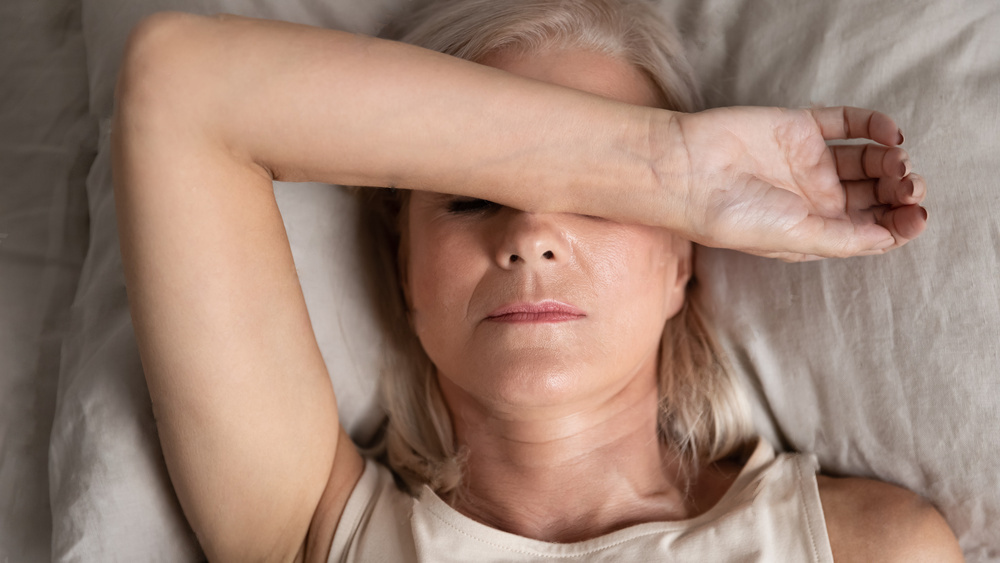“Sitting is more dangerous than smoking, kills more people than HIV and is more treacherous than parachuting. We are sitting ourselves to death.”
“Sitting is more dangerous than smoking, kills more people than HIV and is more treacherous than parachuting. We are sitting ourselves to death.”
Those startling statements were made by Dr. James Levine, director of the Mayo Clinic-Arizona State University Obesity Solutions Initiative and the inventor of the treadmill desk.
It’s part of his summation, from the results of his lengthy study, on the negative effects of our increasingly sedentary lifestyles.
Dr Levine’s findings are backed-up by many other researchers, who continue to find evidence that prolonged sitting increases the risk of developing several serious illnesses.
On average Australians sit for around 10 hours a day, yet a variety of major international research studies in recent years have produced compelling evidence that sitting for more than 4 hours each day leads to changes in the body such as a reduction in our metabolic rate, increased insulin and blood pressure levels and disrupted blood sugar levels. This can then lead to an increased risk of heart disease, Type 2 diabetes, obesity, dementia, depression and a variety of cancers.
Having just spent the last few months glued to my office chair, hunched over my computer, while writing my next book, I know how stiff and sore and unfit I’ve become simply by sitting for too long, despite me taking regular breaks.
Like many people today, I need to spend several hours out of most of my working days in front of a computer, which is why I’ve recently updated my home office and installed a standing/sitting desk.
It has various height settings that are easy to adjust with two side levers that make it glide from standing to sitting and back again.
I’m really enjoying it, in fact, I’m writing this article standing up.
I find I’m more alert, I don’t slump, and I am more conscious of holding in and activating my core muscles.
ABC Radio Broadcaster Richard Glover and I did a weekly TV segment together on The Morning Show with Larry and Kylie for a few years and I remember Richard telling me back then that when the ABC put in new panelling equipment in their Ultimo Sydney radio studios, they made them so the panel operators, who are generally also the broadcaster hosting the program, could, at the press of a button, either sit down or stand-up to do their shift.
Every other radio studio that I’ve ever worked in or seen has all their panels and equipment set to be operated from a sitting position so I was keen to hear how he felt doing his entire shift standing up.
Richard embraced it immediately and found so many advantages in addition to him physically sitting many less hours each day.
He felt he could access all the equipment he needed to operate much easier, he felt he was more attentive and the bonus…he’d shed 4-5kgs in body weight in what he felt was no time at all.
Richard hadn’t changed anything he ate nor did he increase his exercise routine; the only difference was him doing his pre-prep and three hour on-air radio shift standing up.
Several studies have backed-up Richard’s personal anecdotal experience.
Research obtained by GetAustraliaStanding.org shows we burn 50 calories (around 200 kilojoules) more each hour when standing than sitting. They have an easy ‘sitting calculator’ on their home page to see how many hours you spend off your feet and the results might startle you.
An exercise doctor in the UK came to similar conclusions in 2013 when he calculated that over three hours we will burn an additional 144 cals (676 kjs) by simply standing and not sitting, which equates to losing almost 4kgs of body fat in a year.
There’s another reason Dr Levine’s – ‘sitting is the new smoking’ mantra is such a relevant smoking analogy. Studies are now repeatedly showing that like smoking, the effects of long-term sitting are not reversible through exercise or other good habits.
The only way to minimize the on-going negative health risks to sitting is to limit the amount of time we spend on our bottoms every day.
Research Professor John Thyfault from Kansas Medical Centre says the condition becomes a serious concern, only when inactivity is lingering, and it becomes the body’s default condition.
He theorizes that, over time, inactivity creates the physiological conditions that produce chronic disease, like Type 2 diabetes and heart disease, regardless of a person’s weight or diet.
Dr Thyfault says we must keep moving, even if it’s in small doses.
Those of us who are over-eating and under-exercising face an epidemic of ‘diabesity’.
Professors Sara and Richard Rosenkrantz at Kansas State University recently completed research that takes this idea one step further.
They examined data from a health and aging study called ’45 and Up’, which surveyed 200,000 Australian men and women aged 45 to 101 in relation to their physical activity and inactivity.
The duo determined that sitting and physical activity independently contributed to our health and successful aging.
Optimal wellness, they concluded, comes from both sitting less and moving more.
Their examination of the data suggests that is not alright to exercise vigorously and then sit for the rest of the day.
The reason according to Professor Sara Rosenkrantz is because we’re basically telling our bodies to shut down the processes that help to stimulate metabolism throughout the day and that is not good. Just by breaking up our inactive time, we can actually up-regulate that process in the body.
Do you know how many steps you take a day?
You might be shocked to learn that it’s not as many as you’d like to think.
The recommended 10,000 steps a day originated back in the early 1960s in Japan, when Japanese researchers, led by Dr Yoshiro Hatano, calculated the average person took 3,500 to 5,000 steps per day, and that if we increased our steps to 10,000, we’d burn about 20% of our calorie intake through activity.
Japanese call pedometers ‘Manpokei’, when translated means 10,000 steps meter.
However, it took until the early 1990s for other researchers and the consumer market globally to embrace the humble pedometer and Dr Hatano’s 10,000 step research, in an attempt to increase activity levels of our ever-growing inactive population.
10000StepsAustralia.com names the World Health Organisation (WHO), the Centre for Disease Control and the National Heart Foundation of Australia as just some of the leading health groups who all recommend we take 10,000 steps a day to improve our health and reduce the risk of disease.
10,000 steps equates to around 7 kilometres.
Here are some tips to help achieve 10,000 steps a day without setting aside any ‘special time’ in our already hectic lives.
- Stand as often as you can while working on your computer.
- Stand while talking on the phone.
- Students – try doing your homework standing up. It sets an early positive routine that will become a habit.
- Take the stairs instead of the lift or walk up a moving escalator instead of just standing on one rung.
- Park your car as far away as you can from the entrance to the shops in shopping centre car parks or park down one end of your local shops and walk up and down the street.
- Keep track of your steps. Either with a simple pedometer, or a Fitbit or I use Map My Walk. (A free App.)
- Take regular breaks from sitting every 30 minutes, stretch and take short walks.
- Meet friends for a walk then coffee, instead of just coffee.
- Sit up with a straight back on a wobbly exercise ball with both feet flat on the floor to engage your core muscles. (Be careful not to slouch forward and make sure the air is topped up regularly and it’s the right height if you’re writing or on your computer).
- Or use an ergonomic chair to sit upright when you’re not standing.
- No matter how slowly, get up and walk around during the commercial breaks when you’re watching TV.
I hope I’ve given you lots to motivate you to keep moving and I’d like to leave the last words to Stefan Zweig, who was an Austrian novelist, playwright, journalist and biographer. At the height of his literary career, in the 1920s and 1930s, he was one of the most popular writers in the world.
Time to leave now, get out of this room, go somewhere, anywhere, sharpen this feeling of happiness and freedom, stretch your limbs, fill your eyes, be awake, wider awake, vividly awake in every sense and every pore. – Stefan Zweig
Take care and keep moving…cheers susie
Susie Elelman AM JP
AMC Ambassador
Author, TV & Radio Broadcaster
About The Author - AMC Team
Our team consists of doctors, nurses, program assistants, naturopaths and nutritionists that join their wealth of knowledge to offer our patients and website visitors interesting and insightful articles to assist you understand the symptoms you are experiencing and how to relieve them.

